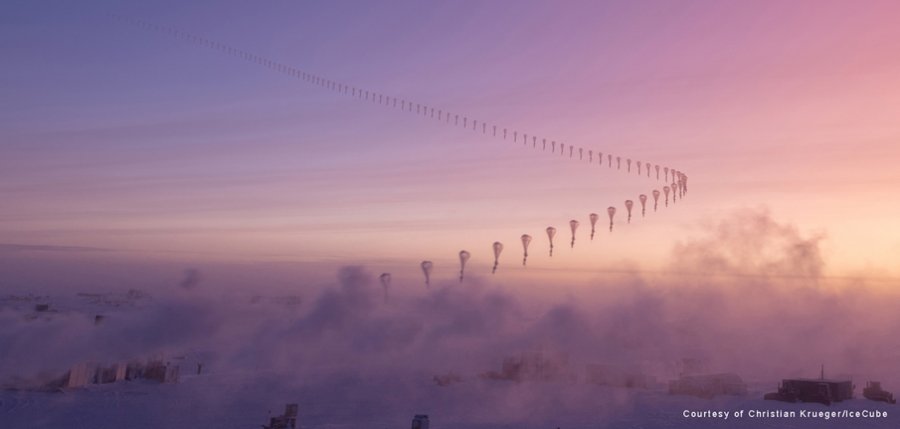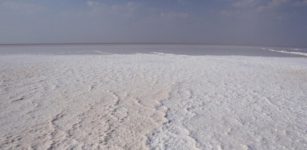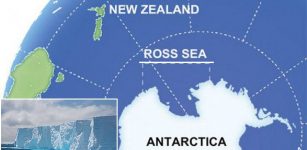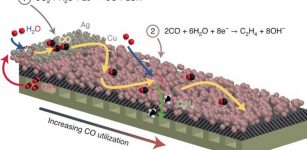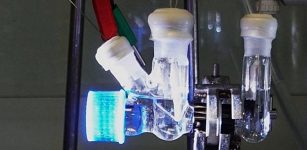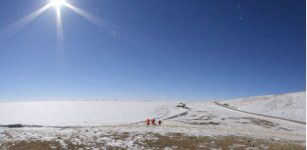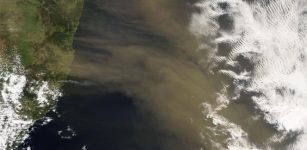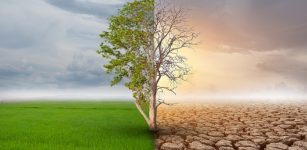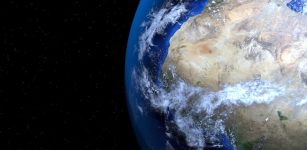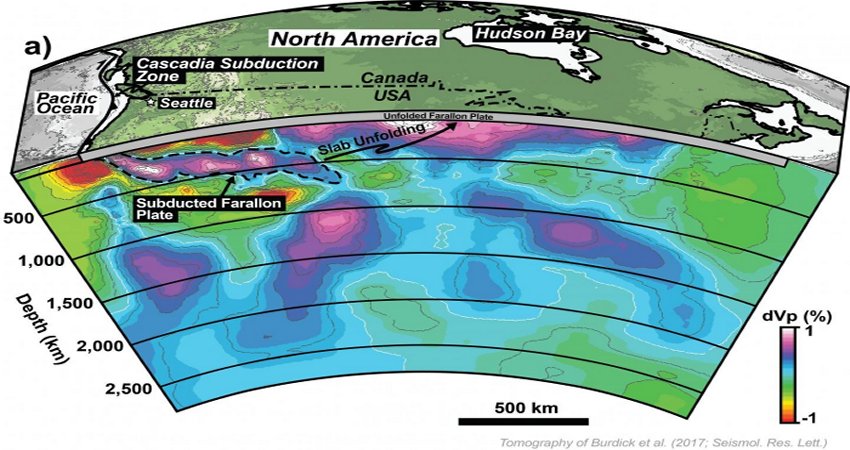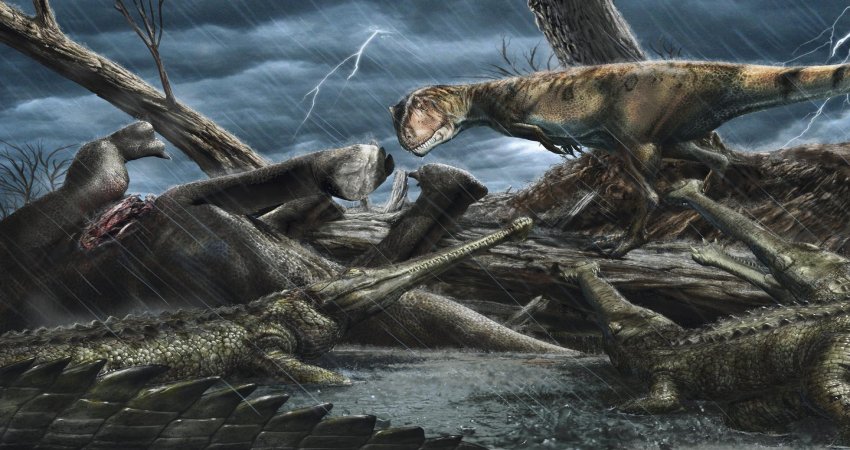Banned Ozone-Eating Chemical Surprisingly On The Rise, Researchers Say
MessageToEagle.com – New NOAA study shows that emissions of one of the chemicals most responsible for the Antarctic ozone hole are on the rise, despite an international treaty that required an end to its production in 2010.
This banned chemical eats away at Earth’s protective ozone layer but the problem is that researchers don’t know where it is coming from.
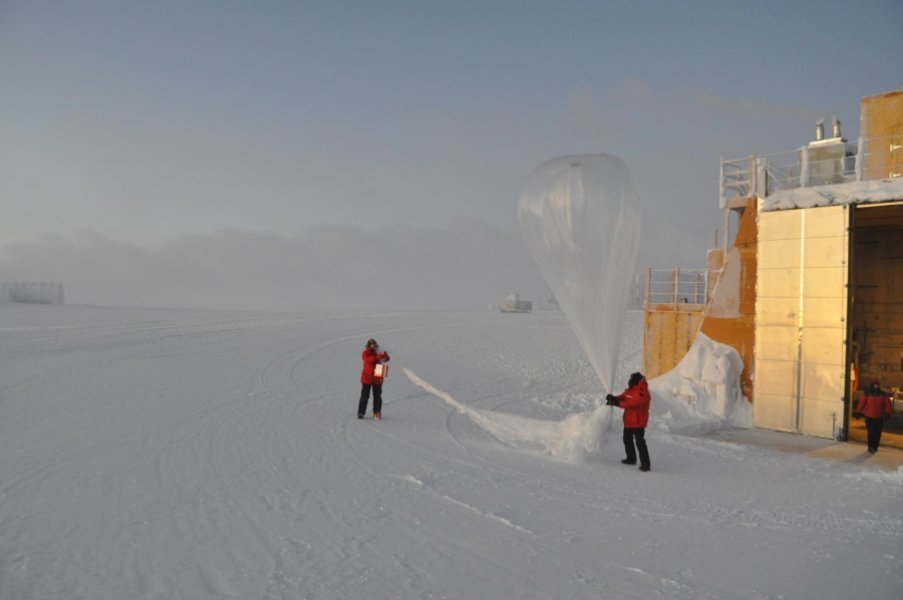
A new analysis of long-term atmospheric measurements by NOAA scientists shows emissions of the chemical CFC-11 are rising again, most likely from new, unreported production from an unidentified source in East Asia.
“We’re raising a flag to the global community to say, ‘This is what’s going on, and it is taking us away from timely recovery of the ozone layer,’” said NOAA scientist Stephen Montzka, the study’s lead author. “Further work is needed to figure out exactly why emissions of CFC-11 are increasing, and if something can be done about it soon.”
CFC-11 is the second-most abundant ozone-depleting gas in the atmosphere because of its long life and continuing emissions from a large reservoir of the chemical in foam building insulation and appliances manufactured before the mid-1990s. A smaller amount of CFC-11 also exists today in older refrigerators and freezers.
The Montreal Protocol has been effective in reducing ozone-depleting gases in the atmosphere because all countries in the world agreed to legally binding controls on the production of most human-produced gases known to destroy ozone. As a result, CFC-11 concentrations have declined by 15 percent from peak levels measured in 1993.
Though concentrations of CFC-11 in the atmosphere are still declining, they’re declining more slowly than they would if there were no new sources, Montzka said.
The results from the new analysis of NOAA atmospheric measurements explain why. From 2014 to 2016, emissions of CFC-11 increased by 25 percent above the average measured from 2002 to 2012.
Scientists had been predicting that by the mid- to late century, the abundance of ozone-depleting gases would fall to levels last seen before the Antarctic ozone hole began to appear in the early 1980s.
Montzka said the new analysis can’t definitively explain why emissions of CFC-11 are increasing, but in the paper, the team discusses potential reasons why.
“In the end, we concluded that it’s most likely that someone may be producing the CFC-11 that’s escaping to the atmosphere,” he said. “We don’t know why they might be doing that and if it is being made for some specific purpose, or inadvertently as a side product of some other chemical process.”
If the source of these new emissions can be identified and controlled soon, the damage to the ozone layer should be minor, Montzka said. If not remedied soon, however, substantial delays in ozone layer recovery could be expected.
MessageToEagle.com

